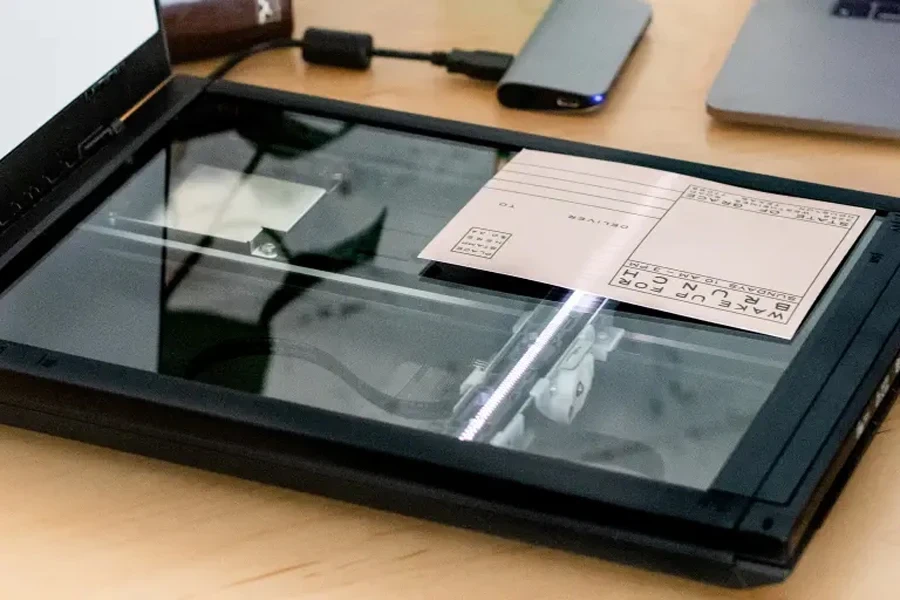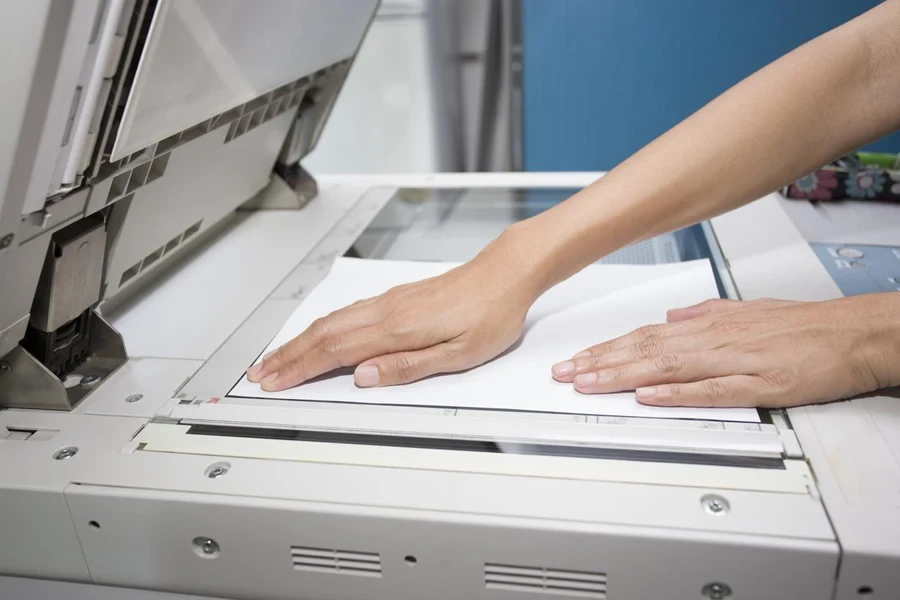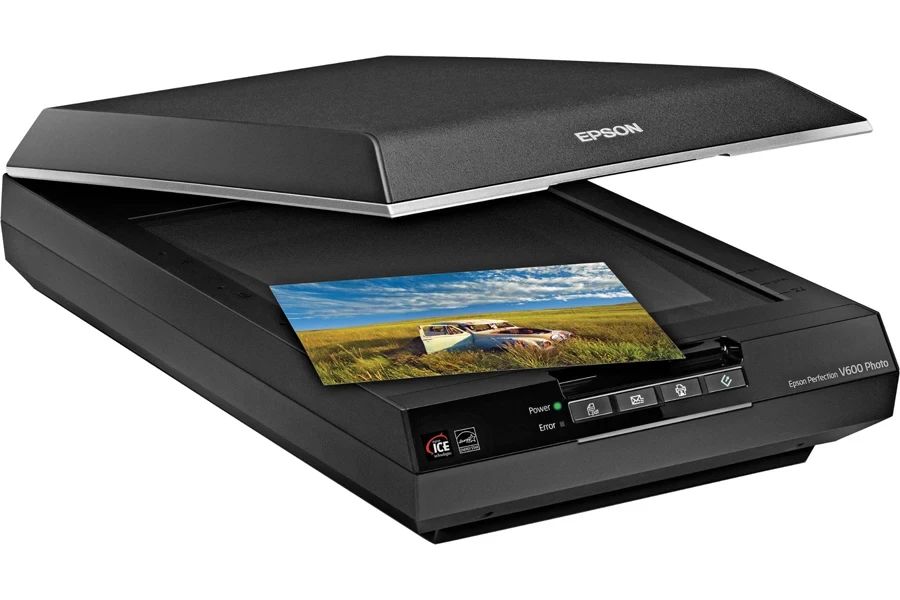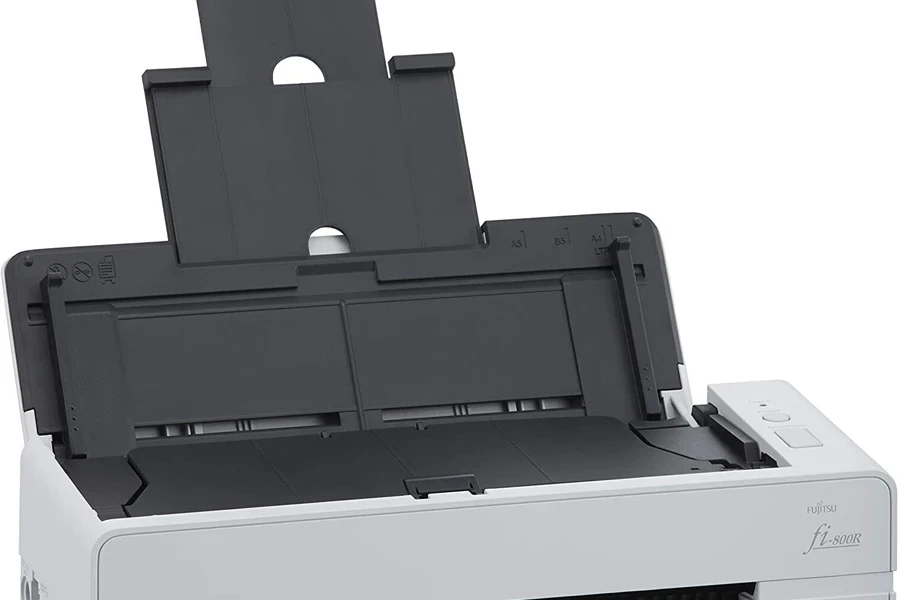In 2024, the world of document and photo scanning is undergoing a significant transformation, driven by a steadfast march toward digitalization. Scanners have become indispensable in both home and office settings, serving as vital tools for converting physical documents into digital formats. This shift not only streamlines workflow but also enhances the efficiency of document management across various sectors. As technology advances, scanners are evolving to offer higher precision, greater speed, and improved connectivity, catering to the diverse needs of users. Understanding the latest scanner technologies and their applications is essential for anyone looking to optimize their digital archival and sharing processes.
Table of Contents:
1. Market overview
2. Things to consider when selecting products
3. Best products/models/types and their features
1. Market overview
In the scanner industry, 2024 marks a period of steady progression and significant growth. The Global Scanner Market, a key segment of the broader scanner market, is expected to experience considerable expansion between 2024 and 2031. The market is exhibiting notable growth, with the market size reaching USD 48.65 million in 2022. This market is anticipated to expand at a robust Compound Annual Growth Rate (CAGR) of 12.97%, projecting a valuation of USD 101.14 million by the end of the forecast period in 2030. This market’s growth is fueled by several factors, including the type and category of products offered, overall market expansion in terms of value and volume, and the CAGR, which helps in understanding the pace of market growth during the projection period from 2023 to 2030.

The scanner market is not only witnessing technological advancements but also a growing emphasis on sustainability and government investments in research and development. These factors are contributing to anticipated growth, both in terms of market value and technological prowess. Leading manufacturers in the scanner industry, such as Symbol Technologies (Zebra), Zebex, and MINDEO, are playing a pivotal role in shaping the market dynamics. Their adoption of innovative technologies and strategic market positioning is expected to influence consumer choices significantly.
Furthermore, the market is driven by a rising per capita disposable income and an increasing demand for handheld scanners across various sectors including retail, logistics, and healthcare. These driving factors, coupled with the challenges of intense competition and rapid technological advancements, are shaping the future of the scanner industry.
2. Things to consider when selecting products

When selecting a scanner for either home, small business, or corporate environments, it’s crucial to consider the specific scanning needs and the environment where the scanner will be used. Home users might require a compact and easy-to-use scanner for occasional document and photo scanning, while small businesses may need a more robust solution for frequent use. Corporate settings, on the other hand, often demand high-speed, high-volume scanners capable of handling a variety of document types efficiently.
The optical resolution and scanning speed are fundamental technical aspects that determine the efficiency and quality of scanners. Scanners like the Fujitsu ScanSnap iX1600 and Epson DS-30000 are known for their high optical resolution, which is essential for capturing fine details in documents and photos. Scanning speed, another critical factor, influences the scanner’s capability to process a high volume of documents swiftly. Fast scanners are particularly important in business environments where time efficiency is a priority.
Connectivity and compatibility are also vital considerations. Modern scanners offer a range of connectivity options, including USB, Wi-Fi, and Ethernet, facilitating seamless integration into existing networks and workflows. As per TechRadar, scanners like the Canon CanoScan LiDE 400, though primarily USB-connected, demonstrate the importance of ensuring compatibility with various operating systems and cloud services, which enhances the flexibility and accessibility of the scanning process.

Ease of use and additional features significantly contribute to the overall user experience. User-friendly interfaces, comprehensive software bundles, and features like duplex scanning and automatic document feeders can dramatically improve productivity and scanning efficiency. Scanners like the Brother ADS-4900W provide such features, making them a convenient choice for users who require hassle-free operation and versatile functionality.
3. Best products/models/types and their features
In the realm of scanners for 2024, several models stand out for their distinctive features and capabilities, catering to various needs and environments.
The Fujitsu Image Scanner fi-800R is a standout for its compact design and fast scanning capabilities. This scanner is highly suitable for office settings where space is at a premium and efficiency is paramount. Its return scan and U-Turn scan technology, coupled with Active Skew Correction, make it a smart choice for offices needing quick, accurate document processing.

The Canon CanoScan LiDE 400 is renowned for its high-quality photo-scanning abilities. This flatbed scanner, highlighted by TechRadar, offers an impressive optical scan resolution of 4800 x 4800 dpi, ensuring that photos and documents are scanned with exceptional detail and clarity. Its design, which allows for an angled setup, makes it user-friendly and ideal for environments where high-resolution scanning of photos and delicate documents is a priority.
For those requiring portability and versatility, the Epson ES-C380W and Brother DSmobile DS-940DW emerge as excellent choices. It is noted that the Epson ES-C380W’s ease of use and its suitability for handling low-volume tasks, make it an ideal choice for small offices or on-the-go needs. The Brother DSmobile DS-940DW, with its Wi-Fi and USB connectivity and the convenience of being battery-operated, is perfect for users who need a reliable scanner while traveling or in settings where space and power outlets are limited.

Lastly, the Brother ADS-4900W is particularly suited for small businesses. It boasts fast and reliable scanning, efficient handling of large volumes of documents, and exceptional OCR accuracy. This makes it an invaluable asset for businesses looking to digitize their documents swiftly and accurately, streamlining their operations and improving overall productivity.
Conclusion
As we navigate through 2024, the scanner market continues to evolve, offering advanced solutions to meet the varied demands of both home and business environments. This guide has highlighted the critical factors to consider when selecting a scanner – from understanding the specific scanning needs based on the environment to consider technical aspects like resolution and speed, connectivity options, and ease of use. Models like the Fujitsu Image Scanner fi-800R, Canon CanoScan LiDE 400, Epson ES-C380W, Brother DSmobile DS-940DW, and Brother ADS-4900W exemplify the diversity and capability of current offerings, each tailored to different scanning requirements and settings.
The choice of the right scanner can significantly enhance efficiency and streamline digital document management. As technology continues to advance, these insights and recommendations serve as a valuable resource for making informed decisions. Whether for personal use or as part of a larger organizational infrastructure, the selection of an appropriate scanner is crucial in adapting to the digital demands of the present and future. Therefore, it is essential for individuals and businesses to consider these factors and models to optimize their investment in scanning technology and embrace digital transformation effectively.



